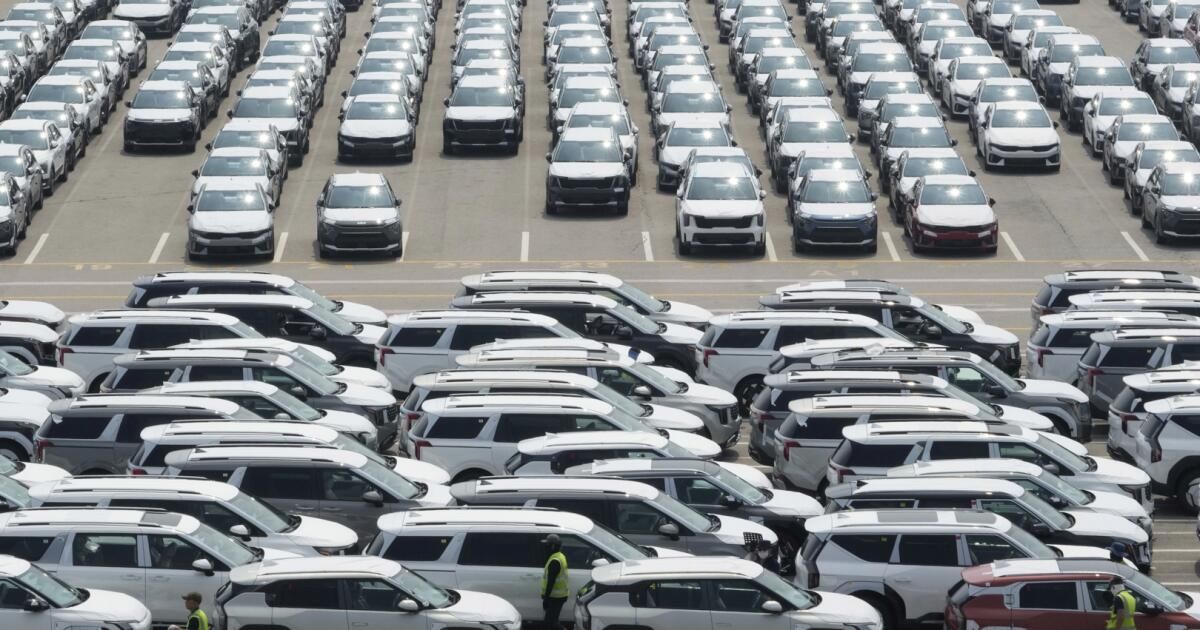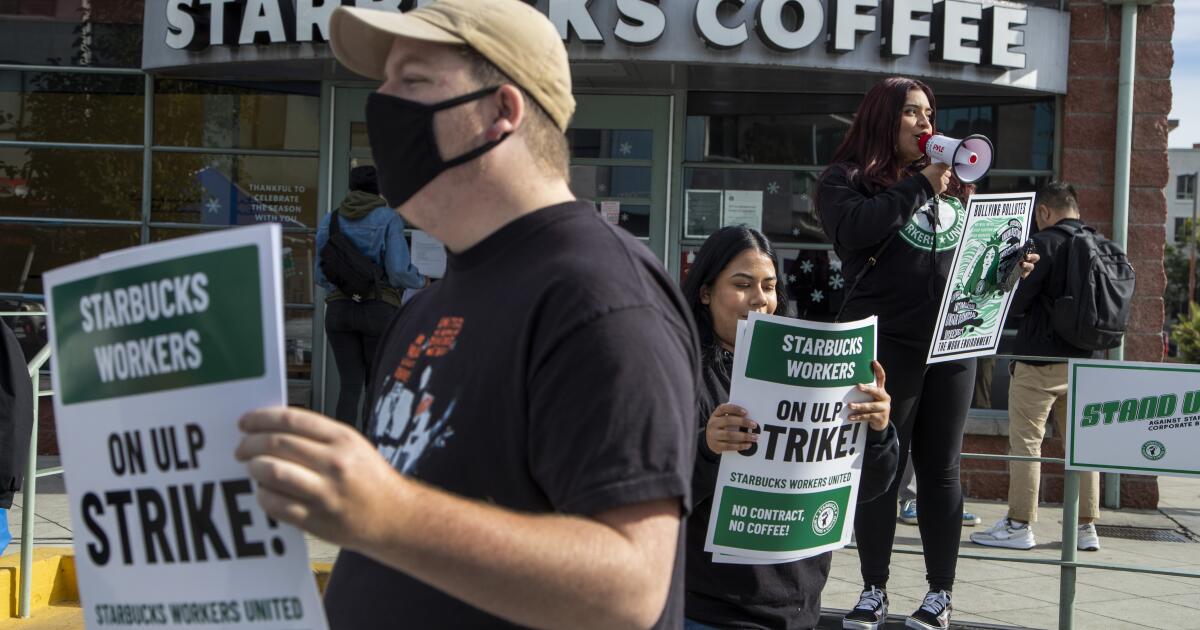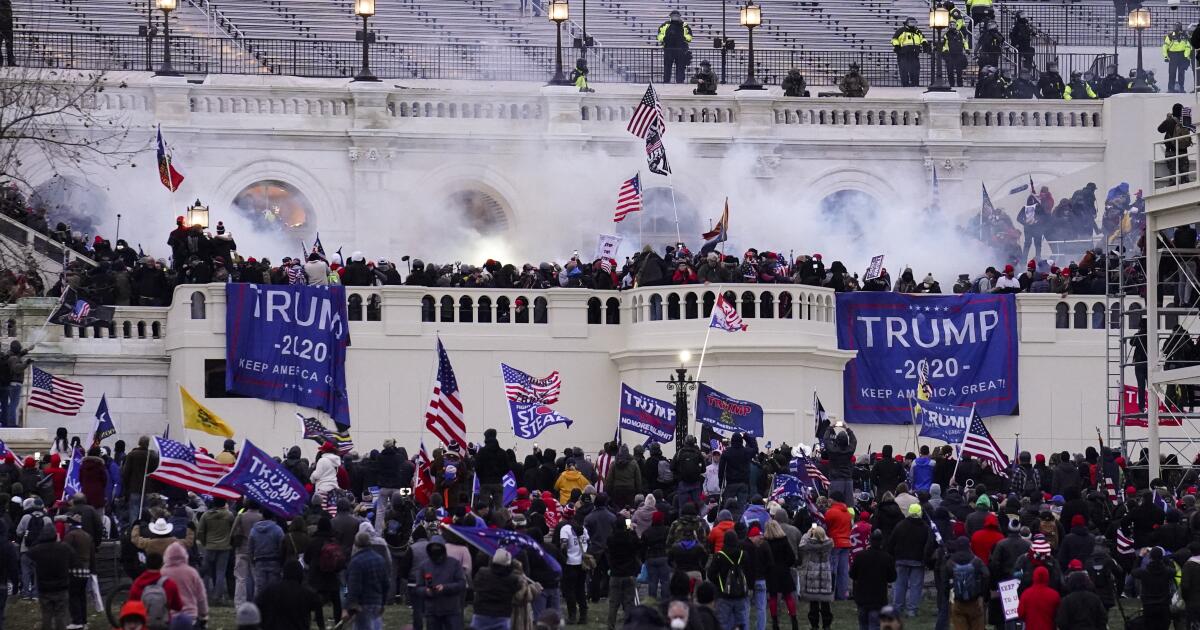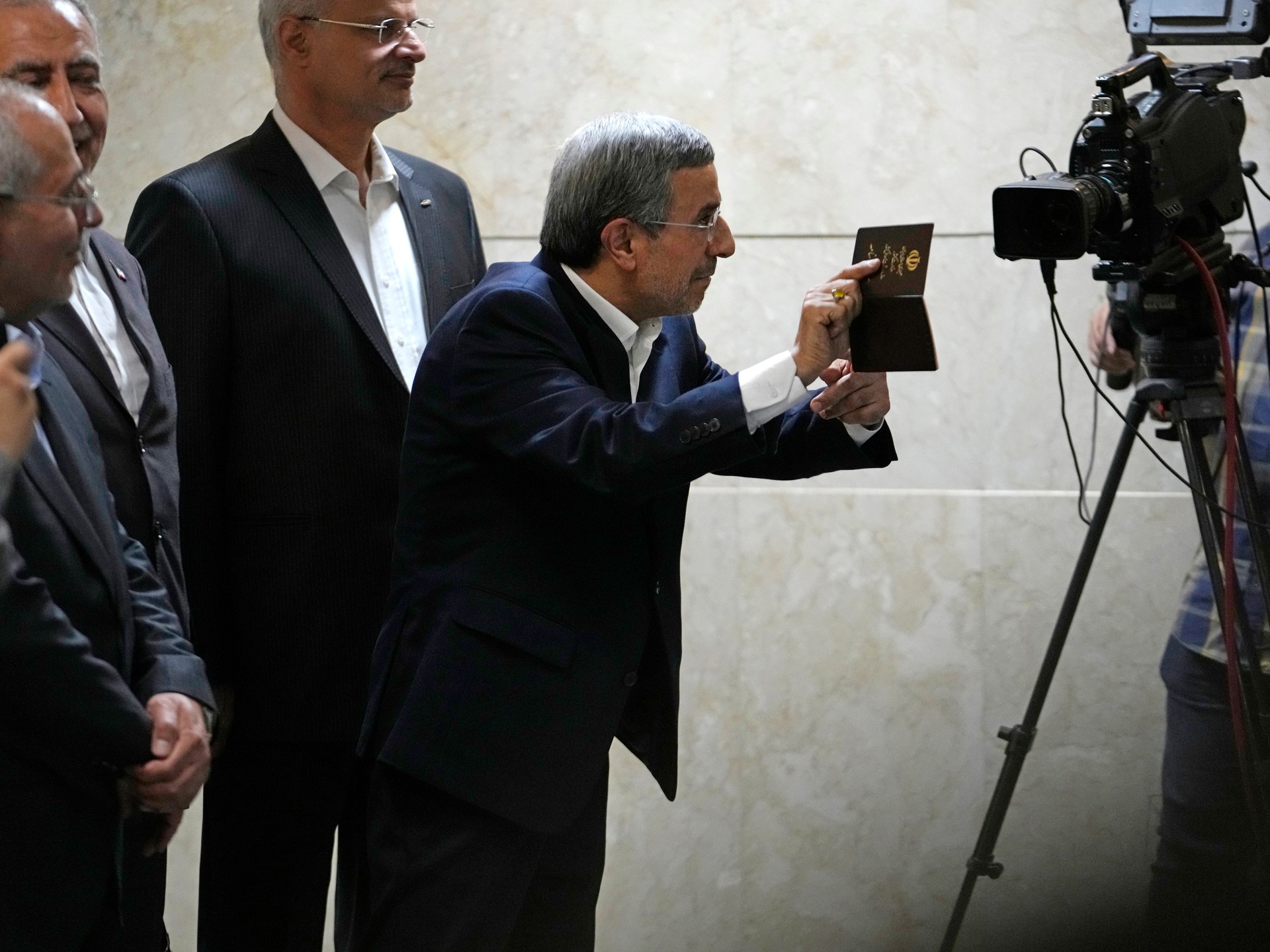Seoul – As the Trump administration has been producing commercial threats this week, South Korea, a crucial and military ally, has been fighting, as many, to navigate the uncertainty that is coming over commercial negotiations with Washington.
On Monday, Trump sent a letter dictating new tariff rates to 14 countries, such as South Korea, which was beaten with 25% tax. The taxes began on Tuesday, but postponed until August 1. Trump left the door open for another extension, and told reporters that the new deadline was “firm but not 100% firm”, depending on what commercial partners could offer.
But it is not clear if the additional three weeks will be enough to solve long -standing disagreements between Washington and Seoul. One of the main containment points is the Automotive Industry of South Korea, which was the third largest car exporter to the United States last year.
Although White House Press Secretary Karoline Leavitt On Monday he said that Trump's phone was sounding “out of the hook of world leaders all the time they beg you to reach an agreement,” the tone has been reserved in Seoul.
The Secretary of Commerce, Howard Lutnick, on the left, walks through the asphalt on Sunday when President Trump Boards Air Force One. On Monday, Trump issued new rates rates to 14 countries, including a 25% tax on South Korea.
(Jacquelyn Martin / Associated Press)
Last week, before the initial deadline of July 8, president of South Korea Lee Jae Myung, Who took office last month, said: “It is difficult to say with certainty that we can end [the trade talks] For July 8 “
“Both parties are doing everything possible and we have to find a result that can be mutually beneficial for both parties, but we have not yet been able to clearly establish what each party wants,” he added.
Since then, the senior commercial officials of South Korea have been sent to Washington in the hope of reaching an agreement at a surprising distance.
“It's time to accelerate negotiations and find an landing zone,” said Minister of Commerce Yeo Han-Koo on Monday after meeting with the United States Secretary of Commerce, Howard Lutnick.
Until now, the only two countries that have reached new trade agreements with the Trump administration are the United Kingdom and Vietnam.
But the Lee administration has maintained a caution note. At a high-level meeting held on Tuesday to discuss the current state of the negotiations, the head of the presidential policy of Lee, Kim Yong-Beom, emphasized the “national interest” on the quick consequent, instructing officials to support the industries affected by rates and “diversify” the export markets of South Korea.
According to a free trade agreement of decades, South Korean tariffs on most American goods are already zero, which means there are less concessions that Seoul can offer, analysts say. And at the key containment points such as carsThere is little daylight.
“This announcement will send a chilling message to others,” said Wendy Cutler, vice president of the Institute of Policy of the Asia Society based in Washington and former deputy commercial negotiator of the United States, in a publication about X.
Trump's letter also suggested that the United States “will not be open to reimbursements” of sectoral tariffs, including those of cars, added Cutler.
South Korea's commercial officials have emphasized that removing or significantly reducing 25% tariffs in cars is a priority.

The White House Secretary, Karoline Leavitt, has a commercial letter sent by the White House to South Korea during a press conference on Monday.
(Al Drago / Bloomberg through Getty Images)
But the cars of South Korea of Hyundai and Kia have a significant meaning in the commercial deficit of $ 66 billion that Trump has denounced as unfair. Last year, South Korea was the third largest car exporter to the United States, for a sum of $ 34.7 billion. Bought $ 2.1 billion in cars from the USA.
Until now, the country's flagship manufacturers Hyundai And Kia has been able to put aside any shock of important rates, achieving record sales in the first half of the year selling the existing inventory in the United States.
But many believe it is only a matter of time until they have to raise the prices of the label of the vehicles, as some competitors have done. The operational profits of both companies are now forecast to achieve two -digit decreases compared to the previous year.
According to reports, the United States has also demanded concessions that play delicate food issues or national security in South Korea, a much more difficult sale to the public than expanded manufacturing cooperation that South Korea has sought to focus on commercial conversations.
Among these are the South Korean rice market to US imports. And allowing Google to export high -precision geographical data to its servers outside South Korea.
As an essential crop that represents a significant portion of farmers' income, rice is one of the few very protected goods in the commercial relations of South Korea. According to his free trade agreement with the United States, Seoul imposes a 5% tariff on American rice up to 132,304 tons, and 513% for anything after that.

The US Army soldiers attend a ceremony last month in Dongducheon, South Korea. A 2021 report from the United States Government Responsibility Office found that it cost $ 19.2 billion to maintain US troops in South Korea from 2016 to 2019.
(Images Kim Jae-Hwan / Soup through Getty Images)
The Government of South Korea has denied Google's requests to export high -precision geographical data, which are used for company map services, because it could reveal sensitive military sites that are essential for defense against North Korea. Last year, Ukraine accused Google of exposing the locations of some of his military systems to Russia.
Equally irritating is Trump's long demand that Seoul should pay more to organize the 28,500 US troops parked in South Korea.
“South Korea is making a lot of money, and they are very good. They are very good, but, you know, they should pay for their own military,” Trump said at a white house meeting meeting on Tuesday, and added that he told South Korea that he should pay $ 10 billion a year.
For a period of four years from 2016 to 2019, the total cost of maintaining US troops in South Korea was $ 19.2 billion, or around $ 4.8 billion a year, according to a 2021 report by the United States Government Responsibility Office. During that period, South Korea made approximately 30% of total annual costs, in addition to providing indirect financial support, such as renounced taxes or inevitable rentals.
According to the special measures agreement, the set frame that governs this agreement, Seoul payments have grown over time. Under the latest version, which covers 2026 to 2030, the annual Seoul contribution from next year will be $ 1.19 billion, an increase of 8.3% since 2025, and will increase annually from then on.
Trump's demand for almost 10 times that, together with the threats that the United States could get his troops from the country, he has presented a generalized outrage in the country, stimulating the calls of some for the development of the South Korean nuclear arsenal.
“He Special measures agreement (SMA) guarantees stable conditions for US troops parked in Korea and strengthens the joint position of South Korea – Defense of the United States, ”said a spokesman for the Ministry of Foreign Affairs of South Korea in response to Trump's comments.
“Our position is that the South Korean government will adhere to the 12th SMA, which was legitimately agreed and implemented.”












